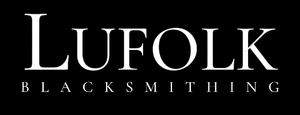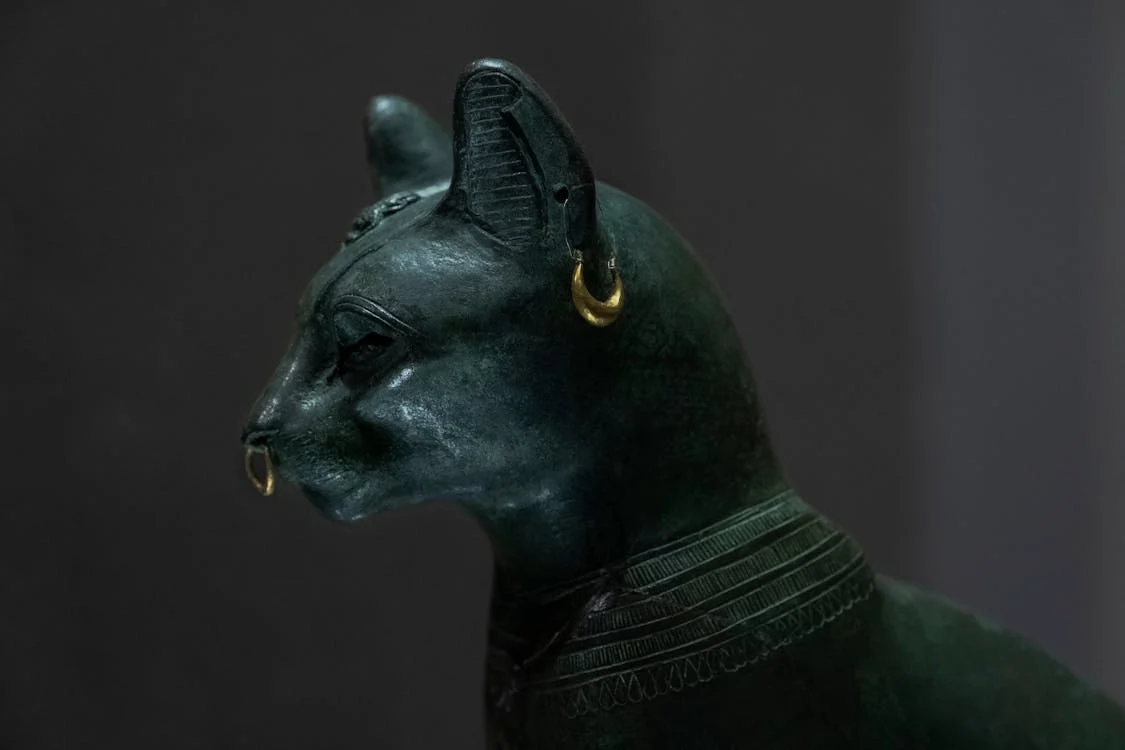
Source: Pexels
Piercing as a form of body adornment has transcended through time. The history of piercings can be traced back thousands of years across cultures and continents. Piercing has always been a very versatile form of body adornment; the reasons behind new piercings have always varied greatly. As human civilization continued to evolve, so did the significance and purpose of piercings.
Despite all the changes, piercing still remains a significant aspect of human expression. This form of adornment has left an indelible mark on human history which calls for exploration and study. Let’s delve into the origins of piercing and explore the evolution and significance of this form of body ornamentation across epochs.
Ancient Origins of Piercings
Time and again, excavations and findings have revealed evidence of piercings across the globe. The oldest evidence of ear piercing so far is the mummy preserved by nature, commonly known as Otzi the Iceman. From the remains, historians have concluded that the man lived in the Copper Age and had a substantially large ear piercing (7-11mm). The oldest earrings found are crescent-shaped hoops from a Sumerian royal tomb. These earrings date back to around 2500 BC.
The mummified remains of Thutmose IV (who ruled Egypt in the 14th century BC) and that of Tutankhamun (1332-1323 BC) show clear ear piercings. Even the funerary mask of Tutankhamun depicts piercings.

Source: Pexels
Azeez Khayat, an antiquities dealer sold a necklace to Raymon Pitcairn, which featured 11 gold rings that were in all likelihood earrings from ancient Egypt. While in Egypt earrings were a sign of class and wealth, the case seems to have been the opposite in ancient Greece. Although the attitudes varied, depending on some factors the Greeks seem to have disapproved of men wearing earrings.
Earrings are mentioned in sacred, ancient, and historical texts including the Bible, Vedas, and Arthshastra. A 4000-year-old clay figurine from Iran depicts multiple piercings of both ears. Gold earrings (featuring the head and neck of bulls) from 2200 years ago were found in Cyprus. A relief (a sculptural technique on a flat surface that results in a three-dimensional effect) from 9th century BC Iraq depicts a ‘Winged Genie’ with ornate earrings. Several ancient statues, carvings and paintings depict earrings and ear piercings.
That’s about ear piercings, but there’s evidence to suggest other forms of piercings were also prevalent in historical civilizations. For instance, in 2016, Australian scientists discovered a thin and long piece of kangaroo bone (dated 44000 BC) that was supposed to have been worn in the septum to intimidate enemies.
There is a depiction of a nose piercing ceremony on the North Temple vault of the Great Ballcourt at Chichen Itza. The nose piercing ritual symbolized elevated status. This and more shows the existence of nose piercings in the indigenous American civilizations prior to European contact.
Kama Sutra, the Indian book dated to the Gupta Empire (between 4th and 6th centuries CE) mentions genital piercing. Moreover, Ayurvedic practice associates piercing of the left nostril with fertility and the alleviation of the pain of periods and childbirth.
Piercings in the Mayan civilization were quite common. The act of piercing and the blood from it was supposed to appease the Gods and bring rain. People would gather around to witness the piercing, and ‘piercing parties’ were also held, in which everyone would get something pierced. Ear flare sets from this period also provide clues about the Mayans' piercing culture. The Mayans frequently had flower-shaped earspools, which they would wear with a tube inserted through the center. To stretch the ear piercing, Mayans would thread it with a rope bearing a stone such as jade or obsidian. They also seem to have pierced and gauged upper lips with precious stones. Mesoamerican (including Mayan) ear plugs and ear spools (made from a kind of volcanic glass) share a great resemblance with the modern type.
Piercings for Ritualistic and Spiritual Purposes
Among the Aztecs, piercing was also a form of autosacrifice/self-sacrifice. The priests would pierce their earlobes, tongues, and even legs with maguey needles in the form of a bloodletting ceremony.

Source: LatinAmericanStudies
Piercing for religious and spiritual purposes is not limited to the olden times. It’s still a common practice in various parts of the world.
During the festival of Thaipusam, Hindus pierce their cheeks with spears/tridents. Many also pierce their chest and backs with hooks.

Source: Pexels
Similar practices are seen during the Chinese and Thai festival of Tesagin Kin Pak; devotees consider extreme piercings as a means of body purification.
Piercings in Traditional and Indigenous Cultures
Labrets were worn by the Tlingit, Haida, and Tsimshian women as a symbol of political influence, status, and beauty. The Tlingit people of Alaska would hold an expensive ‘potlatch’ (a ceremonial feast) for piercing the ears of the noble children.
In their teen years, Malawi and Ethiopian women pierce their lips with small wooden pegs, and then eventually through stretching and gauging, they are able to wear handmade clay discs (which reach 8 inches in diameter) to demonstrate their social or economic status.
Piercings in the Early Modern Period and Modern History
Portraits from the Tudor and Elizabethan era show noblemen and women with earrings. The portraits of William Shakespeare feature earrings and his works have mentions of earrings as well.
In the late 20th century, members of various youth subcultures such as punk and goth began to express themselves and their affiliation through body art forms such as piercings. And this practice has continued and gained momentum in the 21st century.
The global body piercing jewelry market is set to grow at a CAGR of 6.14% between 2020 and 2028, likely to jump from $59101.30 million to $66403.72 million. This paints a very clear picture of the rising popularity of piercings. Ear stretching with plugs and tunnels also regained popularity, but this time, it’s mostly a form of self-expression as opposed to a cultural thing.
Wrapping Up
As you can see, piercings have a rich history, spanning various cultures and civilizations. Humans have always been inclined towards piercing. Studying the history of piercings makes one gain a deeper appreciation for one of humanity’s oldest forms of body modification. Even though cultures continue to evolve, piercings continue to fascinate and intrigue people. Throughout history, piercings have had different meanings and symbolism. The question that arises now is this: what meaning do piercings hold for you?

